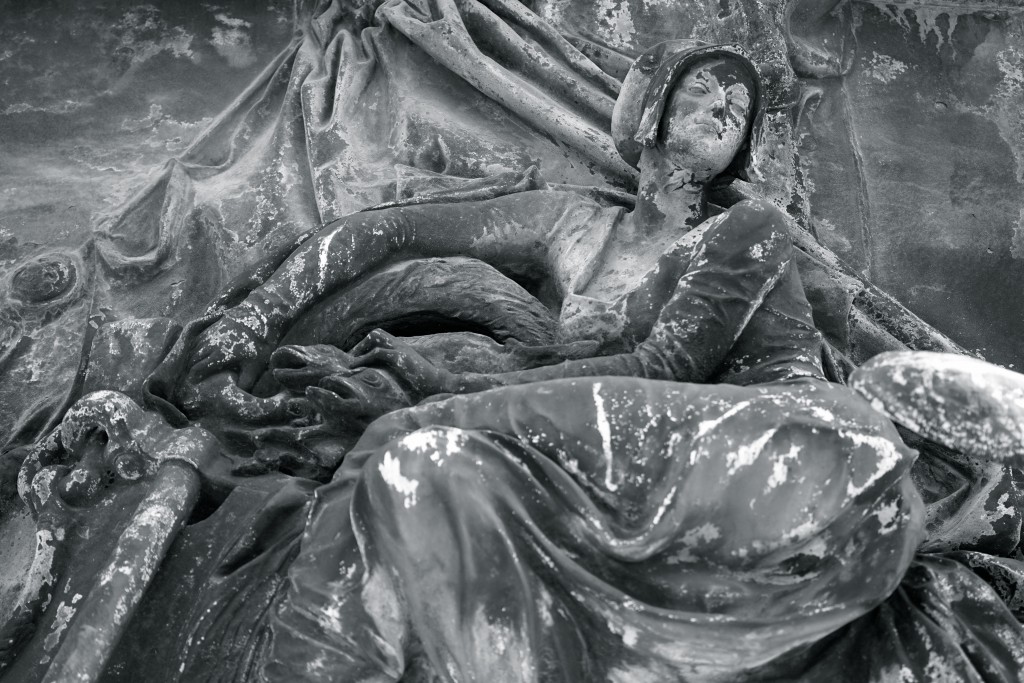Midnight Love: The Marvin Gaye Tour of Ostend, Belgium
The train pulled into Ostend station, a building that in many ways represents what lies beyond it: pale and ornate, but not pretty, clean but weathered, in a slight state of disrepair, with unflattering splashes of 1970s refurb shoe-horned in with sea-washed Art Nouveau. It seemed an empty, haunted place, but I have to admit that my view of the city was slightly tainted, because I knew that a lot of Ostend’s turn-of-the-century architecture was funded by King Leopold II, who loved to holiday there. That money came from a murderous 20 year rampage in the Congo, in which time he was responsible for the killing and maiming of more than ten million West Africans in his lust for rubber and ivory. It is said that there is a ‘great forgetting’ about the Congo atrocities in Belgium, but most of the relics from that period, the statues, buildings and monuments, had been neglected, left overgrowing with moss and stained by rain, making them look demonic. I saw it as the Belgians trying to deal with something they didn’t want to deal with, passively allowing the memorials of an evil empire to wither away.

NEXT: Marvin Gaye – Midnight Love Part 3: iPhone Apps, four million dollars of debt, and Freddie Couseart.



This article is wonderfully written, with beautiful, powerful accompanying photographs. I appreciate how your initial intentions were to uncover the path of one ghost, and in fact you’ve uncovered a million others as a result of the brute that was Leopold II. Regarding your spitting at the vulgar misrepresentation of history, enshrined in false iconographic form, I felt similarly whilst travelling around Mexico, Colombia and Brazil. It came to a head in Cartagena, northern Colombia, a city central to the slave trade and the colonial raping of a thriving civilisation. I’d been told “you must go there”, “the old city is so beautiful”. Contrary to people’s valorisations, I felt a deep sense of unease, sadness and anger whilst surrounded by some of the most astoundingly beautiful architecture. Not only was it stained in the blood, sweat and tears of the slaves, but it was a staunch reminder that the systems of segregation, oppression and inequality born from that era were resolutely still in place. The poverty, squalor and economic deprivation that characterises Colombia are manifestly obvious in Cartagena. Those with wealth enjoy the old colonial centre, whilst former slaves provide them with tours in the ornate horse and carts from back in the day. I wrote about it after escaping this travesty, which helped me to process my anger to some extent. I wish I’d spat, but I went trekking for five days instead! Here’s the piece I wrote, for anyone interested:
http://anactivistabroad.com/2013/06/17/little-brother/
Wow! Really enjoyed this. A fascinating mix of history, reflection and the search for “soul” of a place , of a time, of a person and of an empire.
Great stuff.
Great read! Now I am intrigued to embark on this marvin Gaye digital tour, whilst listening to his album. Something tells me I’ll also “voluntarily” add my spite of King Leopod’s through the activation of my salivary glands;) hehe !
Great read! Now I am intrigued to embark on this Marvin Gaye digital tour, whilst listening to his album. Something tells me I’ll also “voluntarily” add my spite of King Leopod through the activation of my salivary glands;) hehe !
You wrote this piece as beautifully as Marvin sung some of his best work. I loved it.
This is very well worded and useful, thankyou. I like the way you explain key concepts minus hyperbole. It’s useful information and I deem you worth sharing.